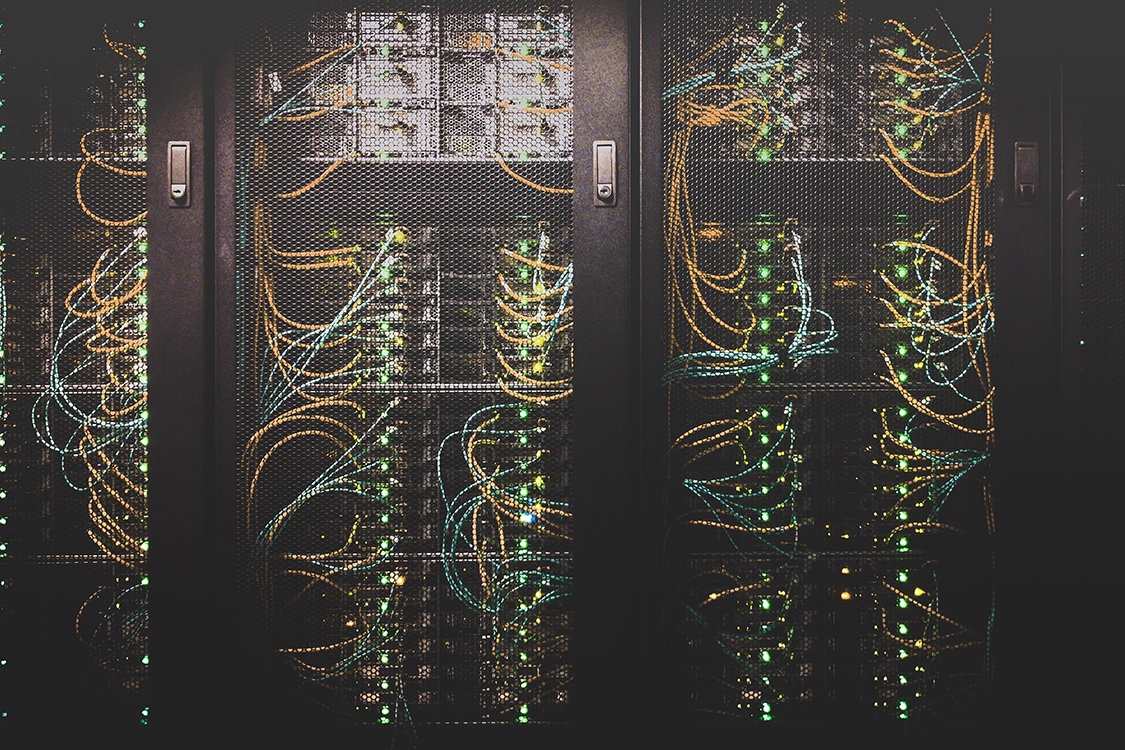 SHARE
SHARE
The rise of micro data centers in urban environments is driven by the increasing data demands, space constraints, and the need for energy efficiency in densely populated areas. As organizations seek to address these challenges, micro data centers have emerged as a viable solution, offering reduced latency, scalability, and cost-effectiveness.
However, implementing micro data centers in urban environments comes with its own set of challenges, including regulatory compliance, security concerns, and infrastructure limitations. Despite these challenges, the future of micro data centers in urban environments looks promising, with trends such as edge computing integration, renewable energy adoption, and smart city integration shaping the landscape.
Key Takeaways
- Micro data centers address the need for increased data demands in urban environments. Space constraints in urban areas are driving the adoption of micro data centers.
- Energy efficiency is a key driver for the rise of micro data centers in urban environments.
- Regulatory compliance is a major challenge in implementing micro data centers in urban environments.
- The future of micro data centers in urban environments is influenced by trends such as edge computing integration and renewable energy adoption.
The Need for Micro Data Centers in Urban
Environments
Increasing Data Demands
The increasing data demands in urban environments have created a pressing need for efficient and localized data processing solutions. Rapid urbanization and the proliferation of connected devices have led to a surge in data generation, necessitating low-latency and highcapacity data processing closer to the point of use.
To address this demand, micro data centers offer a viable solution. These compact facilities are strategically positioned within urban areas to minimize data transfer distances, thereby reducing latency and improving overall data processing efficiency. Additionally, micro data centers are designed to operate within the confines of urban space constraints, making them an ideal choice for densely populated areas.
Furthermore, the emphasis on energy efficiency in micro data center design ensures that these facilities can operate sustainably within urban environments, minimizing their environmental impact while meeting the escalating data processing needs.
Space Constraints
In urban environments, space constraints pose a significant challenge for deploying traditional data centers. The limited availability of physical space restricts the establishment of large-scale data infrastructure, leading to a demand for more compact and efficient solutions.
- To address this issue, micro data centers offer a viable alternative by providing compact footprints that can be strategically placed in urban areas with limited space.
- These modular data centers are designed to optimize space utilization while maintaining the necessary computing power and storage capacity.
- By leveraging vertical space and innovative design, micro data centers can effectively utilize available real estate in densely populated urban settings.
It’s important to consider the long-term benefits of investing in energy-efficient infrastructure for micro data centers. Not only does it contribute to environmental sustainability, but it also aligns with cost-saving initiatives, making it a strategic decision for urban environments.
Challenges of Implementing Micro Data Centers in
Urban Environments
Regulatory Compliance
Regulatory compliance is a critical aspect of implementing micro data centers in urban environments. Ensuring compliance with local, regional, and national regulations is essential for the successful operation of these data centers. This involves adhering to data protection laws, zoning regulations, and environmental standards.
To navigate the complexities of regulatory compliance, organizations must stay updated with the latest legislation and regulatory requirements. This may involve engaging legal counsel or compliance experts to ensure full understanding and adherence to the applicable laws and regulations.
In addition, establishing clear policies and procedures for regulatory compliance within the micro data center is crucial. This includes documentation of compliance measures, regular audits, and staff training to uphold the necessary standards.
TIP: Prioritize a proactive approach to regulatory compliance to avoid potential legal and operational risks.
Security Concerns
Micro data centers in urban environments face security concerns that must be addressed to ensure the integrity and protection of data. With the increasing threat of cyber attacks and unauthorized access, data security becomes a critical consideration for urban micro data centers.
To mitigate these security concerns, organizations can implement robust access control measures, including biometric authentication and multi-factor authentication. Additionally, encryption of data both at rest and in transit is essential to safeguard sensitive information from potential breaches.
Furthermore, regular security audits and vulnerability assessments are necessary to identify and address any weaknesses in the security infrastructure. This proactive approach helps in maintaining a secure environment for the micro data center’s operations.
TIP: Implementing a comprehensive security strategy is crucial for protecting data in urban micro data centers.

Benefits of Micro Data Centers in Urban Environments
Edge AI and Machine Learning are revolutionizing the way data is processed and analyzed at the edge of the network. This convergence enables real-time decision-making and advanced analytics, empowering devices to process and act on data locally.
Reduced Latency
Reduced latency is a critical advantage of micro data centers in urban environments. By placing data closer to end-users, latency is minimized, resulting in faster response times and improved user experience. This is particularly beneficial for real-time applications and IoT devices that require instantaneous data processing and transmission.
Reduced Latency Leads to:
- Faster data access
- Improved application performance
- Enhanced user satisfaction
TIP: When designing micro data centers for reduced latency, consider the proximity to end-users and the optimization of network connections for minimal delay.
Scalability
Micro data centers offer scalability to meet the evolving needs of urban environments. This flexibility allows for seamless expansion and contraction of computing resources based on demand. Scalability is essential for accommodating fluctuating workloads and ensuring optimal performance. It enables organizations to efficiently allocate resources and adapt to changing data requirements.
- Scalability is achieved through the use of modular infrastructure components.
- It allows for rapid deployment of additional capacity as needed.
- Organizations can scale up or down based on data processing demands.
TIP: When designing a scalable micro data center, consider using standardized, interchangeable components to facilitate easy expansion and maintenance.
Conclusion
In conclusion, the rise of micro data centers in urban environments is a response to the increasing data demands, space constraints, and the need for energy efficiency. However, implementing micro data centers in urban environments comes with challenges such as regulatory compliance, security concerns, and infrastructure limitations.
Despite these challenges, the benefits of micro data centers, including reduced latency, scalability, and cost-effectiveness, make them a valuable solution for urban environments.
Looking ahead, future trends in micro data centers will focus on edge computing integration, renewable energy adoption, and smart city integration, further shaping the landscape of urban data infrastructure.



